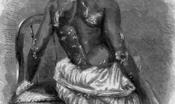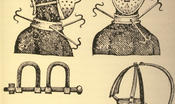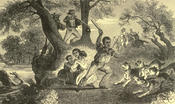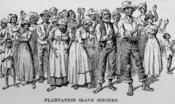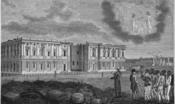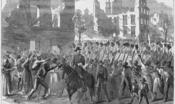text
Informational
DREAM Act of 2011
Laura Vazquez, an analyst for the National Council of La Raza (NCLR), presented this statement to a Congressional subcommittee at the hearing “S. 952, DEVELOPMENT, RELIEF, AND EDUCATION FOR ALIEN MINORS (DREAM) ACT OF 2011” on June 28, 2011.
July 2, 2014
